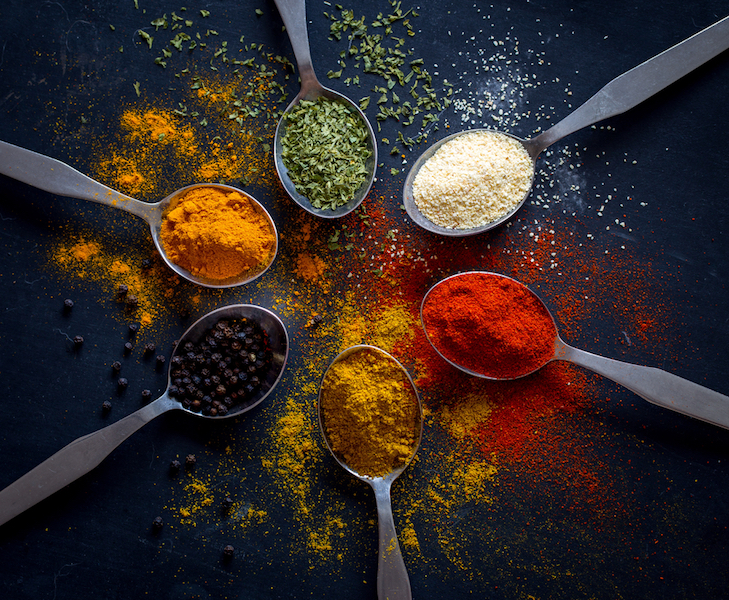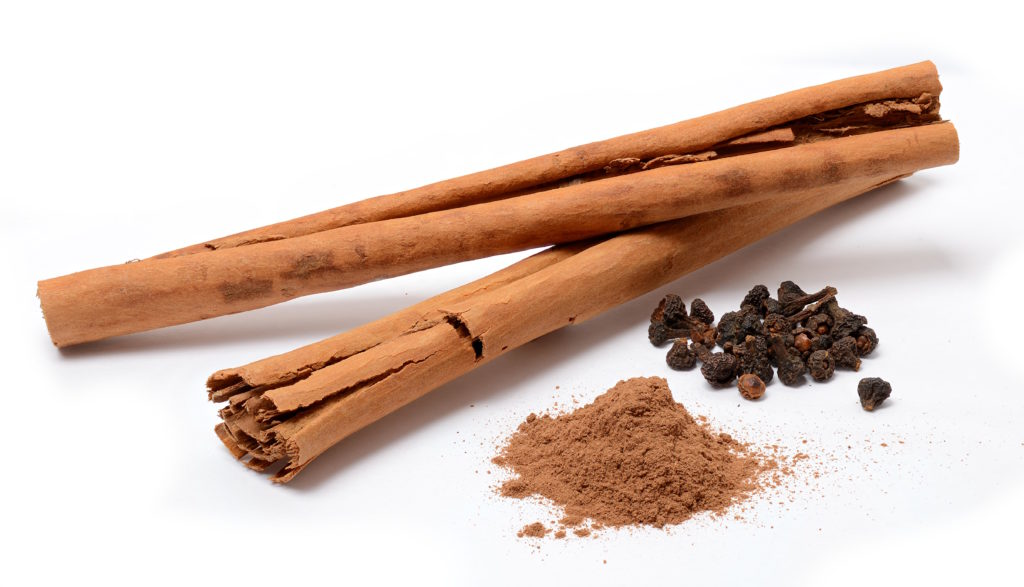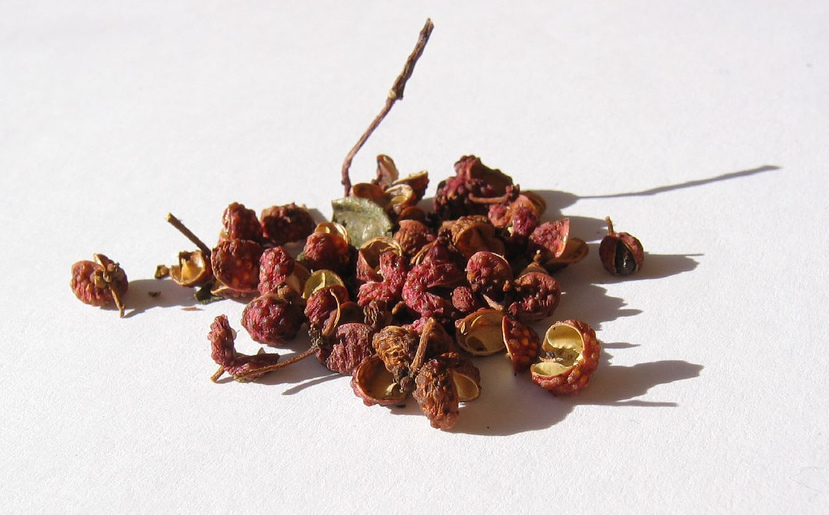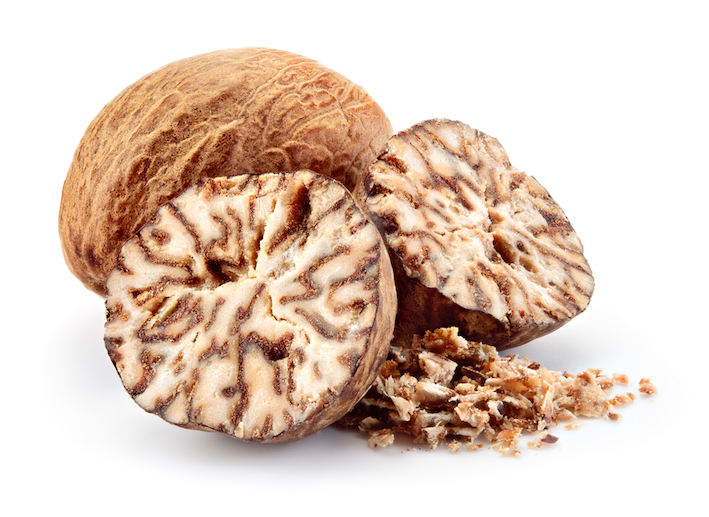The Spices of Life – Origins & Dishes

How do trees spice up our lives?
We’ve talked before about humanity’s voracious appetite, how our ancestors across the planet quickly discovered that hanging around in forests can be a great way to bag yourself some tasty treats: but once you’ve nabbed a tasty looking little critter or grubbed up a root, what do you do with it?
One of the great hallmarks of human culture is that unlike our animal cousins, we go out of our way to make sure our food is actually tasty, so it didn’t take long for us to start looking to the forest again, though not so much as a source of food but as a source of flavour.
Nibbling on a leaf here or a seed pod there, we soon discovered some of the unique aromas and tastes that could be found in the woods and now, through the magic of supermarkets, you too can follow in the footsteps of those brave culinary explorers with our favourite spices that come from trees, as well as some suggestions of where you can encounter them!
Cinnamon

One of the most popular spices in the UK by a country mile, cinnamon has traditionally been used in this country to accentuate desserts, but with the explosion in popularity of world foods, British chefs are starting to experiment more and more with cinnamon in savoury dishes.
Cinnamon, which is the inner part of the bark (or cambium) of several different species of trees, is laden with aromatic oils, making it perfect for bringing warm, deep flavours to fruity dishes in particular.
We’ve known about it in the West since at least the days of ancient Greece, where it was widely believed by the credulous citizenry that giant, fearsome birds jealously guarded it, fighting off any spice merchants who came near as they built their nests out of it. The less gullible ancient Greeks saw through the story as an excuse for the unscrupulous merchants to charge more but they still bought it in droves, making Cinnamon one of the first true success stories of the spice trade.
Try it in: Thai massaman curry.
This dish, heavily spiced with cinnamon, is the whole history of the spice on a plate – redolent with the flavours of the Indian ocean where cinnamon comes from, it’s the result of the collision of Arabian flavours coming the other way up the spice routes and traditional Thai cooking.
Szechuan Pepper

Picked from the Chinese prickly ash tree and not even remotely related to the pepper that we all know and love, this small seed husk packs a powerful and unusual punch.
A flavour that is difficult to describe, Szechuan pepper slightly numbs the mouth when you eat it, creating a pleasant tingling sensation. The chemical responsible, hydroxy-alpha-sanshool, acts on the trigeminal nerve, which carries sensations that aren’t related to taste from the mouth to the brain, meaning that we can experience the heat of chillies or the cooling feeling of menthol – in fact these are called trigeminal effects (who needs word of the days calendars, eh?).
This numbing sensation is one of the corner stones of traditional Chinese cooking, particularly dishes from the Szechuan region, which regularly teams up the spice with hot peppers in a combination called málá, meaning “numbing spicy”.
It finds it’s way into a great many Szechuan dishes, where it is usually added right at the end to preserve the citrus punch of the flavour and to make sure that it’s tingling, numbing effect can be fully felt.
Try it in: Mapo Tofu.
Quite possibly the quintessentially Szechuanese dish, this tofu packs quite the punch. Szechuan cuisine tends not to do things by half so this dish is often adapted for western tastes but the authentic mapo is an experience like no other: it’s thin, pungent and spicy sauce combining the typical Szechuan pairing of málá and Doubanjian, fermented bean paste.
Nutmeg

Open your kitchen drawer. There is a roughly 50% chance that within you will find something which looks like a dolls-house cheese grater – the microplane. Specifically for nutmeg, you will find a purpose for this ubiquitous kitchen tool (other than momentarily feeling like a giant) about once a year. It will remain in your drawer, faithfully waiting for the time that you return home and, though exhausted from the day’s labours, blow the dust off your copy of Escoffier and start cracking out Veal Blanquette for supper rather than reaching for the remote control.
Despite the unloved status of this noble implement, nutmeg is one of the best and most versatile spices available bringing warm, homely notes to dishes made with winter squashes, roasted meat and basically anything sweet: don’t get too carried away though, in high concentrations nutmeg is actually a hallucinogenic!
The seed pod that we grate to produce nutmeg was, until comparatively recently, only grown on a small group of islands in the Indian Ocean, their precise location a closely guarded secret. It was islands like these that Columbus was hoping to reach when he discovered the New World, so in many ways we have nutmeg and its ilk to thank for Cheeseburgers, apple-pie and freedom.
Try it in. Gratin Dauphinoise.
Nutmeg’s deep, warm flavour makes it the perfect foil to basically anything with cream, butter or potatoes – all of which this dish has in spades. Any recipe that calls for nutmeg ought to specify freshly grated, so why not make your microplane a very happy little grater and give it a go!
Blog | 6 years AGO